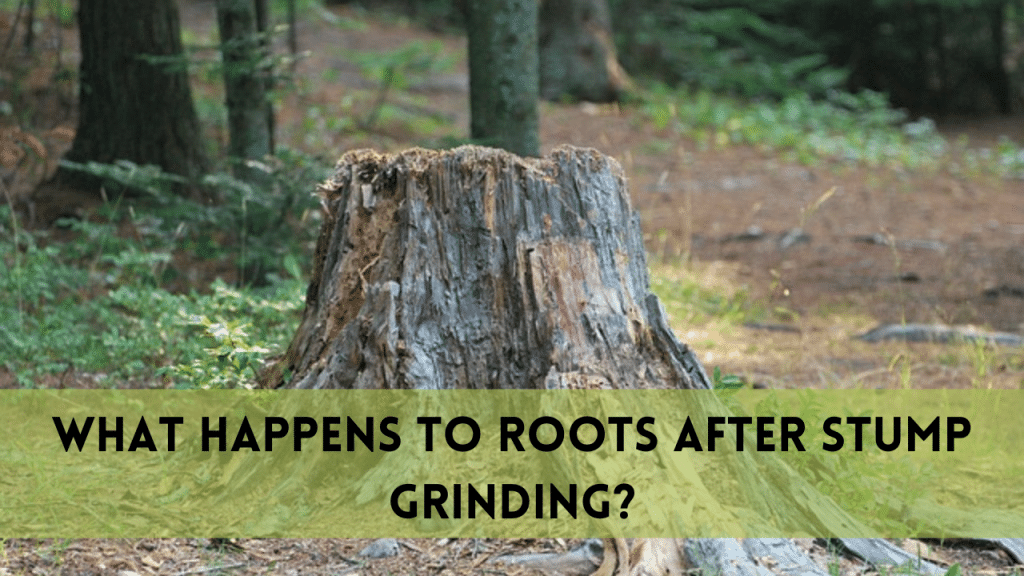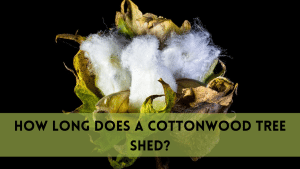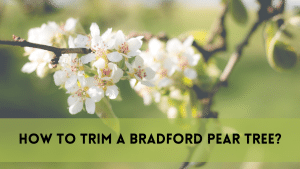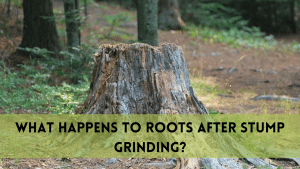The process of grinding a stump, which is a common method in tree removal, raises a fascinating question: what happens to the roots after stump grinding?
Discover the fascinating path that tree roots after stump grinding take as they undergo natural decomposition. Discover the mysteries of natural breakdown, root tenacity, and the possibility of new development.
The First Effect on Roots After Stump Grinding
The process of stump grinding is comparable to the culmination of tree removal. Assuming that the roots after stump grinding are eliminated when the tree trunk is reduced to wood chips is a straightforward assumption to make.
There is, however, a bit more subtlety to the fact. One of the primary targets of the grinding procedure is the portion of the tree that is visible to the naked eye, while the root system that is located underground is mostly untouched.
The Roots’ Durability
In many cases, resilient and tenacious system of roots after stump grinding continue to exist long after the process has been completed. This root system has the ability to cling to life on earth for a considerable amount of time.
However, despite the fact that they are no longer growing, they continue to serve as a memory of the tree that was once very tall.
Root Disintegration and Natural Decay after Stump Grinding
In her own unique manner, nature takes care of the remaining individuals. At the same pace as the stump’s remains decay, the roots lose their strength. Microorganisms in the soil are responsible for the decomposition of the organic matter, which includes the once-powerful roots.
There is a steady process that contributes to the natural cycle of recycling nutrients that occurs within the environment.
Grow Again After Grinding
Remarkably, the narrative does not conclude with disintegration. Sometimes fresh life can emerge from the roots after stump grinding. Some tree species have the ability to regrow from their residual roots, sending forth shoots from the ground.
It’s an amazing illustration of how resilient nature is, showing that the show can continue long after the main act.
Possible Obstacles to New Development
Despite the fact that there is always promise for future progress, things are not always simple for the shoots that are just getting started. Various environmental conditions, the availability of nutrients, and the makeup of the soil are all important.
It could be difficult for some roots to take hold due to the presence of other plants that are competing for the same resources or because the soil conditions are not perfect.
After Stump Grinding Considerations for Landscaping
The effects of stump grinding might have an impact on the landscaping ideas you choose to use. There is a possibility that any leftover roots may create problems for forthcoming crops or building projects.
Before beginning any new landscaping initiatives, it is essential to do an assessment of the situation and, if necessary, remove any more roots that may be present.
Soil Health and Root Decay
The organic components in the soil are augmented by the roots after stump grinding. The process of decomposition causes them to release nutrients into the land, which in turn improves the soil.
Despite the fact that this process is beneficial to the soil’s health, it should be monitored in order to prevent an imbalance that might be harmful to plants in the surrounding area.
How to Take Action to Address Any Remaining Roots
It is imperative that you take the initiative if you are unwavering in your commitment to eradicate all traces of the prior tree.
Despite the fact that decay is a natural process, it may be accelerated by manually removing any roots that are still there or by using medicines that are beneficial to the environment.
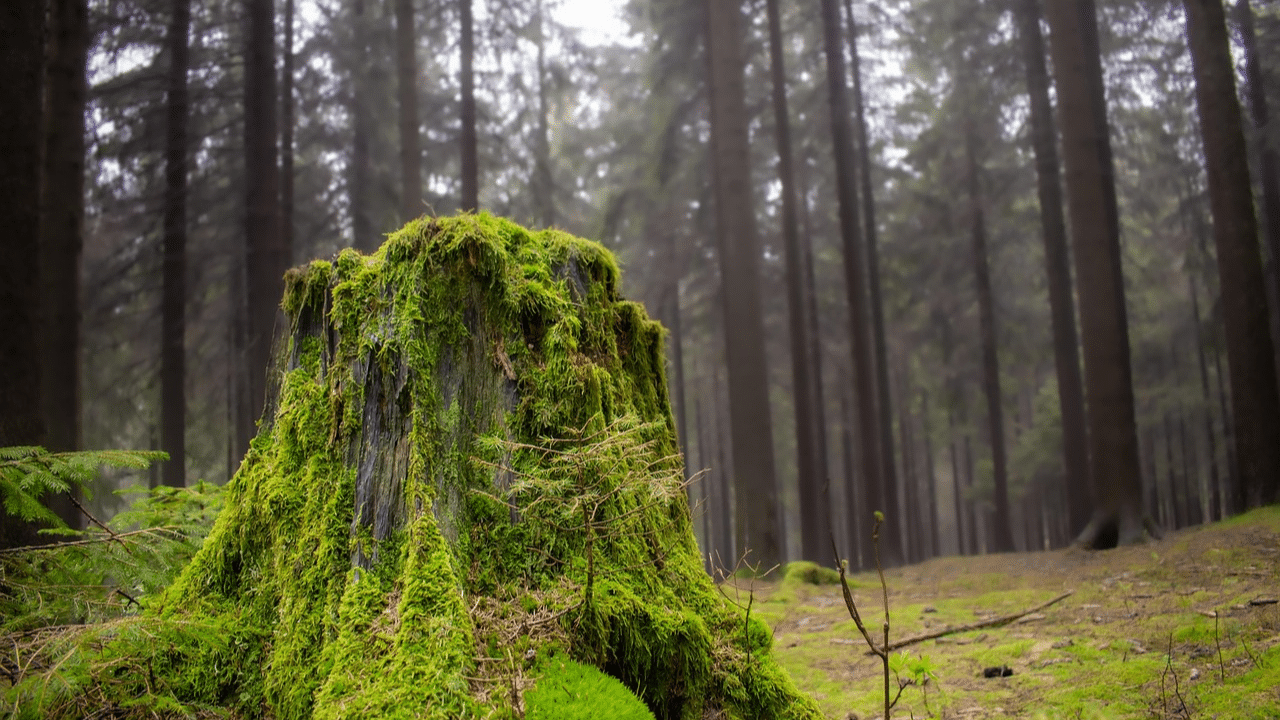
Expert Advice on Roots After Stump Grinding
Consulting arborists or tree removal specialists might yield important information on root management following stump grinding.
In order to guarantee a seamless transition from stump removal to a blank canvas for your landscape, these professionals can evaluate the particular characteristics of your site and provide customized solutions.
FAQs
What is stump grinding exactly, and what effect does it have on the roots of trees?
A tree removal technique called stump grinding concentrates on the tree’s visible portion. But it begs the question of what becomes of the complex root system underneath the surface.
Do the roots entirely vanish following stump grinding?
Stump grinding mostly removes the tree’s above-ground parts while protecting the roots. These roots have two possible outcomes: they may naturally degrade or perhaps regenerate.
Can fresh trees grow from the leftover roots following stump grinding?
To some extent, sure. Some species of trees can grow back from their leftover roots, demonstrating how very resilient nature is.
After stump grinding, how long does it take for the roots to break down?
Different soil types, tree species, and environmental considerations all have an impact on the breakdown time frame. It’s a slow process that takes place over time.
What actions can be performed to deal with roots that remain after grinding down a stump?
Landscapers and homeowners can either accelerate root degradation by taking deliberate efforts or by letting nature take its course. Seeking advice from experts is recommended for a customized strategy.
Conclusion
The story of roots under the ground is yet unknown in the context of tree removal and stump grinding. The journey of roots after stump grinding is a dynamic and ever-evolving process, ranging from persistent relics to the possibility of new growth.
By being aware of these subtleties, landscapers and homeowners can make well-informed decisions that will ensure a once-standing tree’s legacy has a good impact on the land.
In summary, the sound of a downed tree reverberates long after the stump has been removed, and the roots after stump grinding, strong in and of themselves keep participating in the complex dance of nature.


